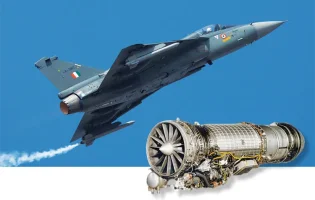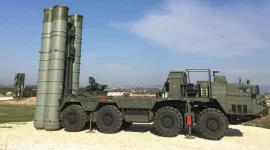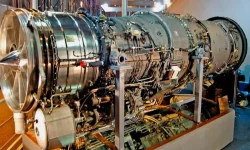- Views: 5K
- Replies: 44

NEW DELHI – India's ambitious nuclear attack submarine program has taken a significant leap forward with the recent Cabinet Committee on Security (CCS) approval for the construction of two new SSNs.
Reports from Times of India indicate these submarines will displace nearly 10,000 tons, making them substantially larger and potentially more capable than previously estimated.
This places them in the same league as the US Navy's formidable Virginia-class Block V submarines and significantly ahead of China's Type 093 Shang-class SSNs currently deployed in the Indian Ocean Region (IOR).
These new submarines will be 40% larger than China's Type 093s, which displace around 6,400 tons. This size advantage translates to increased endurance, allowing for longer patrols and potentially greater weapons payload.
Experts believe the submarines will be equipped with Vertical Payload Tubes (VPTs) capable of housing a variety of advanced weaponry, including subsonic cruise missiles like the Nirbhay and potentially hypersonic cruise missiles currently under development, such as Project Vishnu HCM or BrahMos-2K.
The ability to deploy hypersonic missiles, which travel at speeds exceeding Mach 5, would give India a significant edge in both offensive and defensive capabilities within the region.
These missiles are extremely difficult to intercept, providing a credible deterrent and enhancing India's first-strike options. In addition to cruise missiles, the submarines will also be armed with heavyweight torpedoes for both anti-ship and anti-submarine warfare.
India's focus on developing a robust and technologically advanced submarine fleet is seen as a direct response to China's growing naval presence in the IOR.
Beijing has been increasingly assertive in the region, deploying its own nuclear submarines and surface vessels. These new Indian SSNs, with their enhanced capabilities and advanced stealth technology, are expected to play a crucial role in maintaining India's naval dominance in the region.
The development of these 10,000-ton nuclear attack submarines also sets the stage for India's next-generation S5 class of nuclear-powered ballistic missile submarines (SSBNs). Projected to displace 13,000 tons, the S5 will follow the S4 and S4* SSBNs, which have a 7,000-ton displacement.
Both the SSN and S5 programs will utilize 190 MW pressurized water reactors (PWR) and feature modern pump-jet propulsion systems for enhanced quiet operation.



